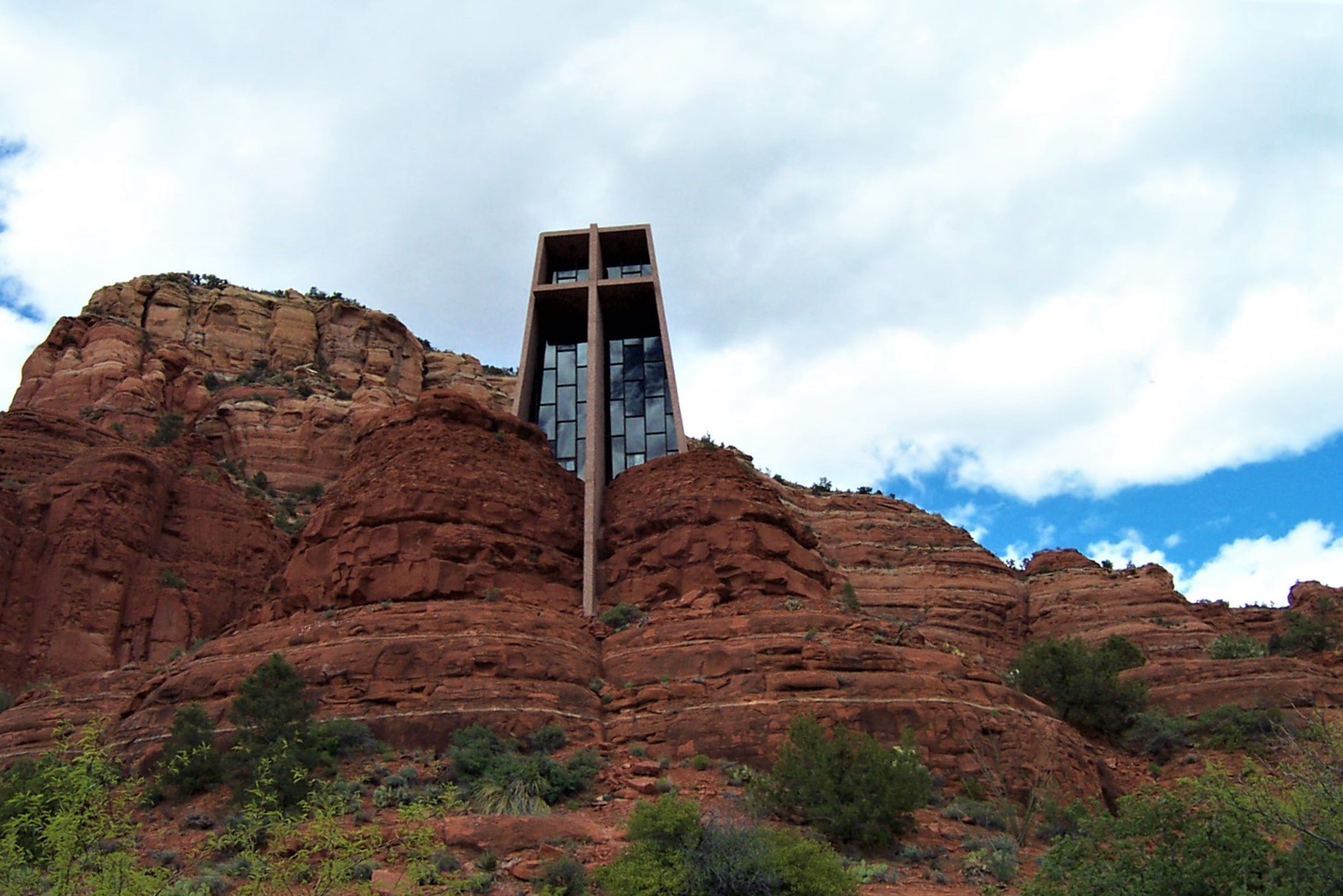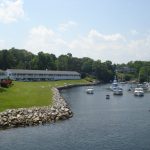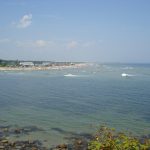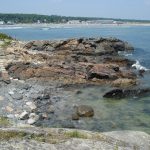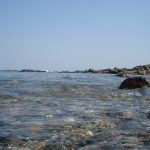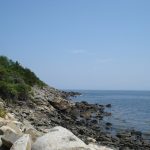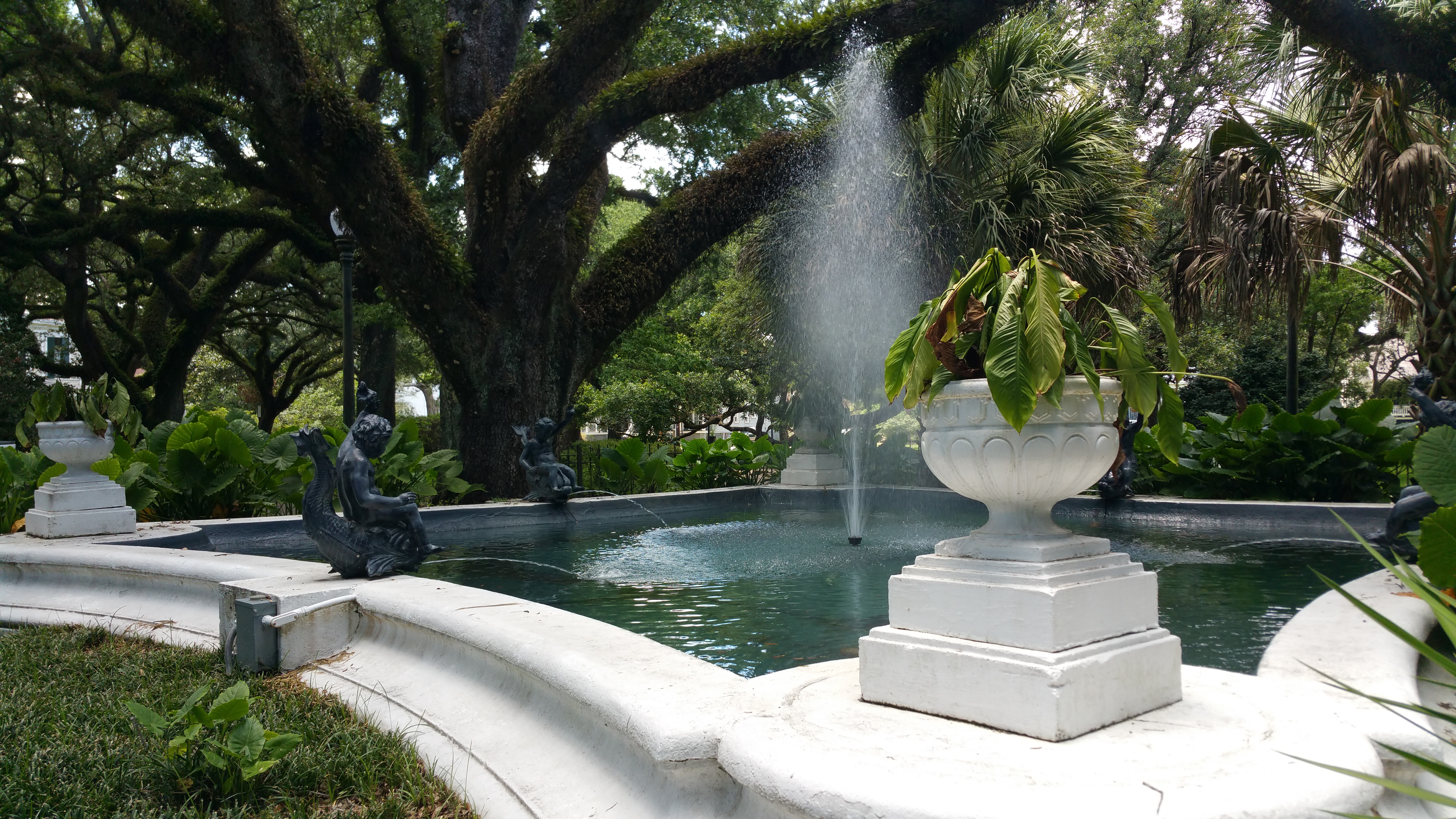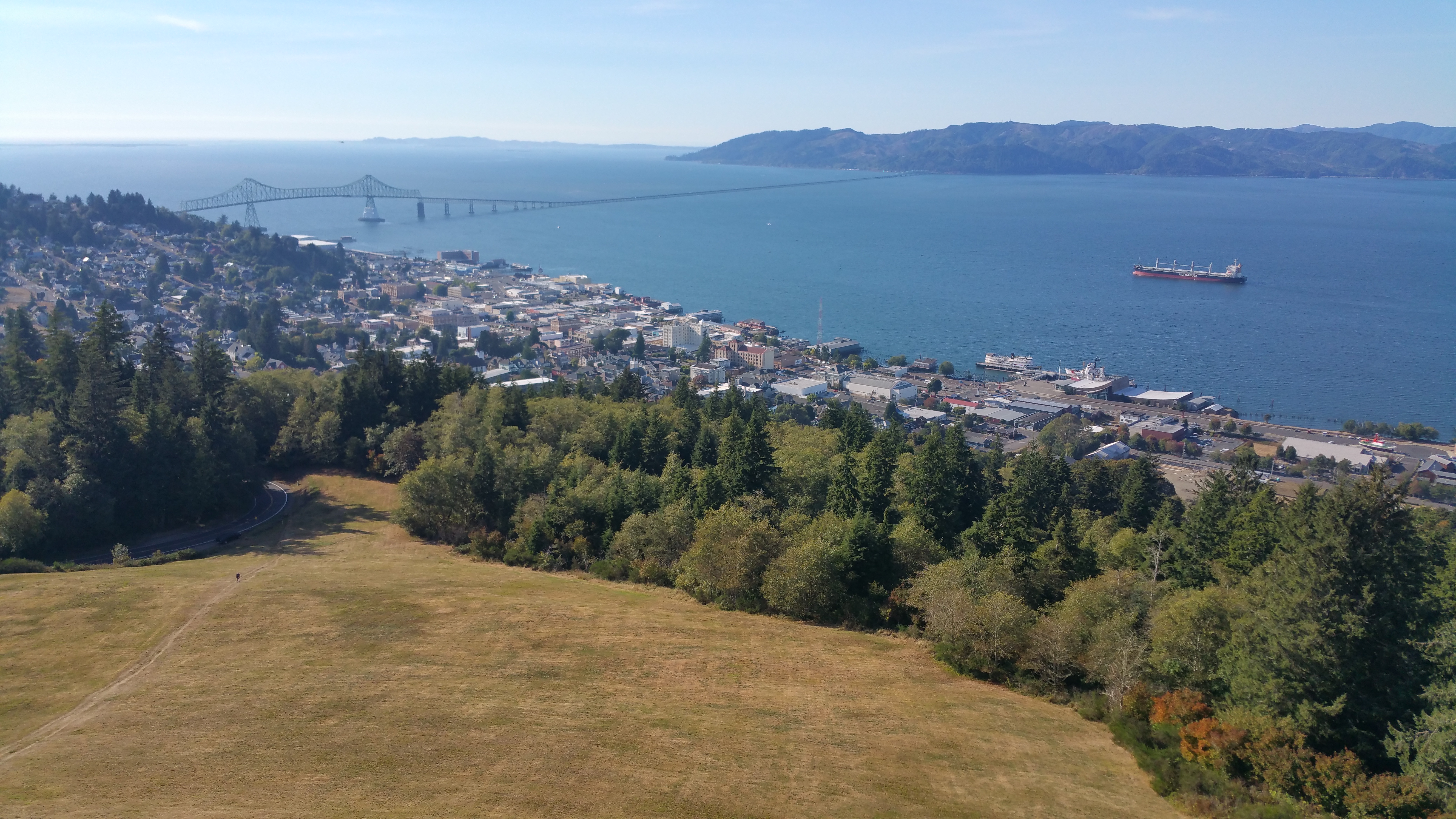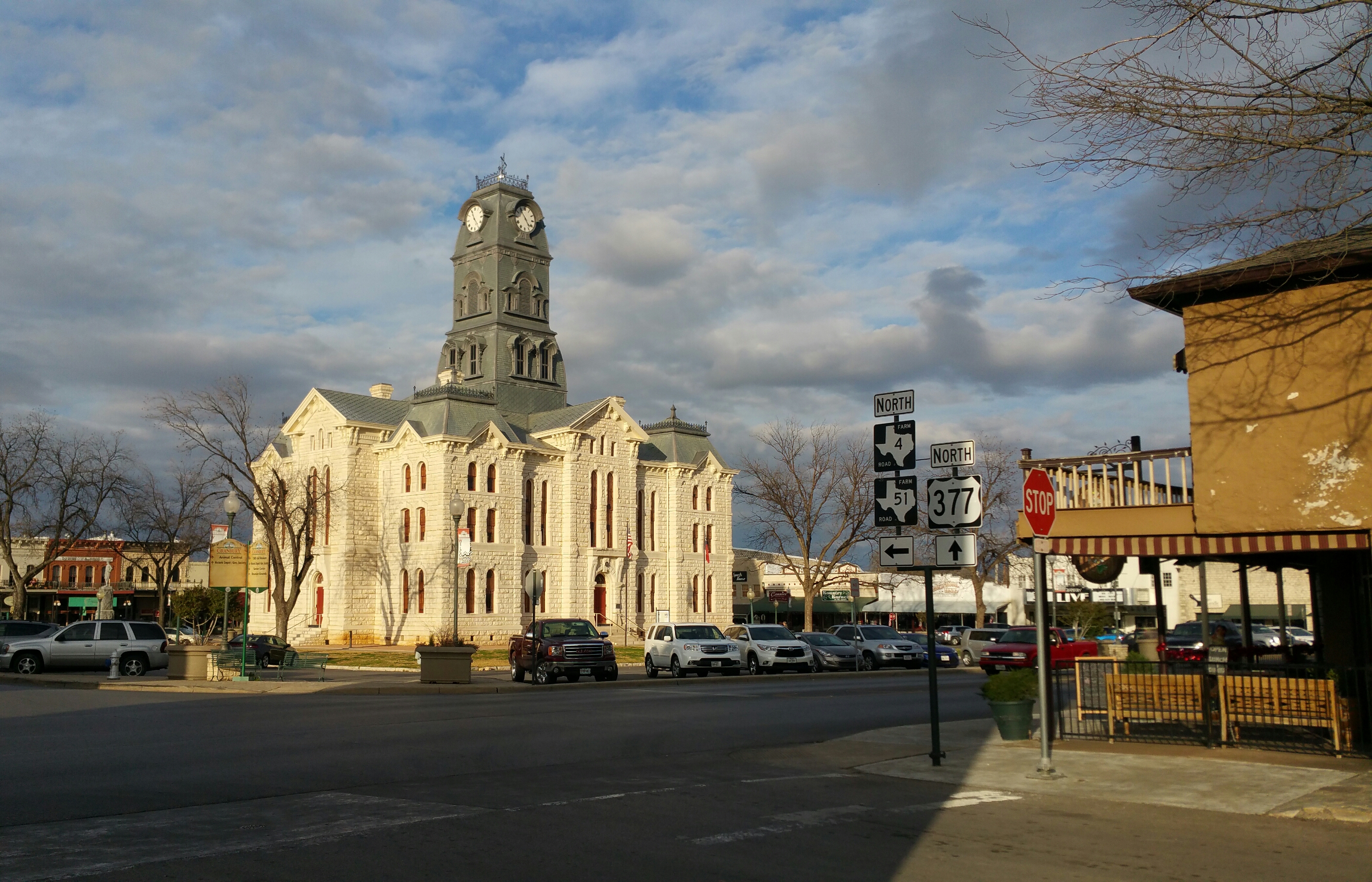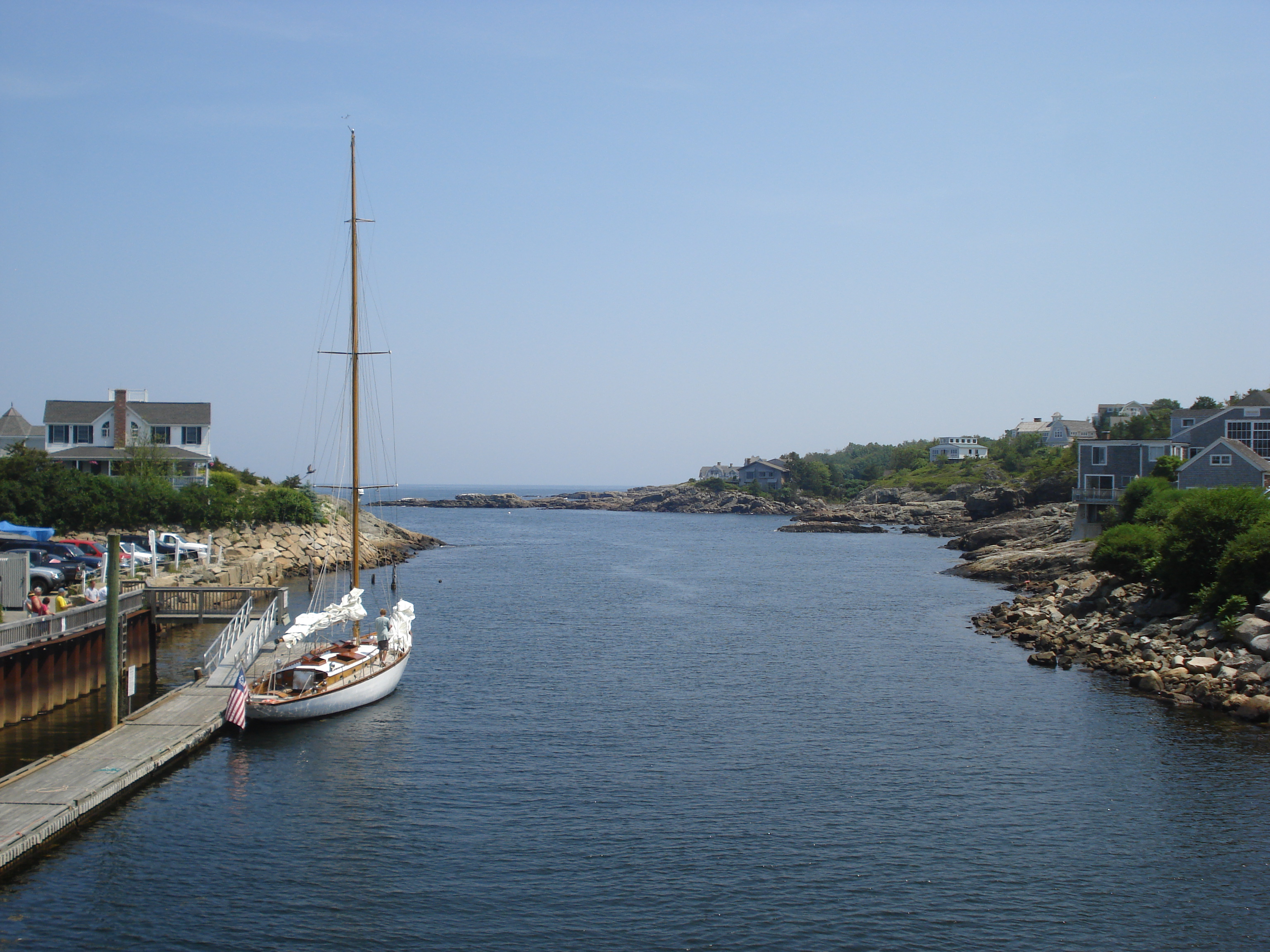
Ogunquit, ME
Dramatic drops from seaside walks and isolated coves are only a few things that make Ogunquit exceptional. It is an old fashioned vacation town, dotted with inns, cafes, and lobster shacks. It is low key, and understated. There are no high rises blocking the beach, no corporate chains, no franchises. It is a tolerant town, with a thriving artistic community. It truly lives up to its name, which translates to “beautiful place by the sea.”
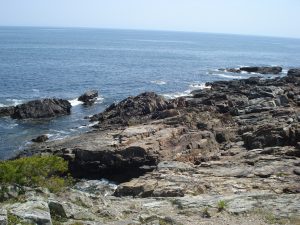
Although long home to native people, drawn to the area’s abundant natural resources, the first record of a permanent English settlement dates to 1641. Following the construction of a sawmill by Edmund Littlefield, settlement expanded at a brisk pace. The surrounding marshes provided abundant hay for livestock, while the many rivers provided power for mills. Timber was harvested, and shipbuilding developed along the Ogunquit River, including brigs, schooners and dories, for which the town was famous.
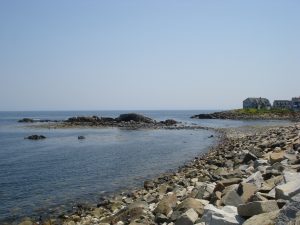
Early life was not a day at the beach. The Massachusetts Bay Colony assumed control of the area, and begin imposing a tax on all the mills. Skirmishes related to the The Indian Wars introduced the constant threat of violence, as well as property loss, as mills were routinely burned. Many fled the area to the relative safety of Boston, slowing area expansion until 1760, when the last of the Indian treaties was signed.
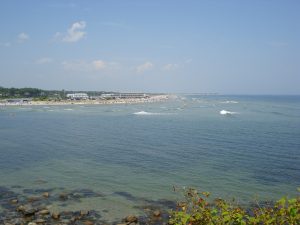
Things did not improve much over the next few decades, as the area was again hit hard by the Revolutionary War and the War of 1812. Ships were destroyed, sailors pressed into service, and the constant threat of coastal attack loomed over the town. It was not until 1825 that things began to improve. Shipbuilding resumed, as did commercial fishing and trade. The rugged coast however was unprotected from the wrath of the Atlantic, which proved problematic as the industry expanded. Ultimately in the late 1800’s a channel was dug, connecting a local pond to the rugged coast, creating a sheltered area for the fisherman, which would come to be known as Perkins Cove.
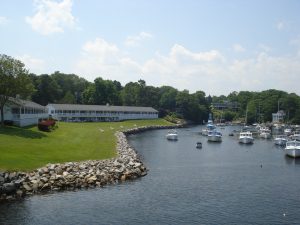
In 1898, Perkins Cove was discovered by Charles Woodbury, a landscape artist who promptly set up a seasonal art school, marking a new era for the seaside spot. For the next several decades Ogunquit flourished as an artist colony, transforming the quiet fishing village into a lively party town. Soon, grand seaside hotels, cottages, and camps sprung up in the area to accommodate the summer crowds.
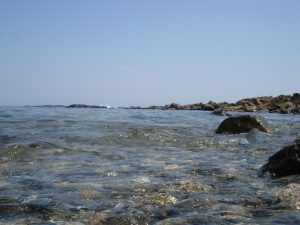
Though today things are a bit more low key, and the artist colony is gone, it still retains a somewhat bohemian character. Filled with galleries and theaters, the old artistic spirit is still very much alive. It is a wonderfully walkable town, both around the village and along the coast. One of the best walks, The Marginal Way, connects the village with the cove, offering a mile of unobstructed views. Lined with benches, it is the perfect place to take time to sit by the sea.
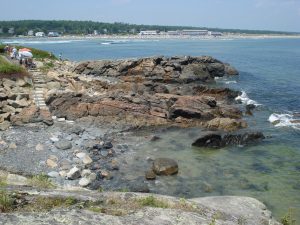
For all the things that the town has, what is missing might just make it the most attractive. You will not find casinos, chain hotels, or corporate restaurants. While clearly a popular tourist destination, it still manages to retain its original character, with the addition of a cheap tee shirt shop or two. It is the beach after all. But still, it is a wonderfully quaint and scenic town, and well worth facing the summer crowds.
